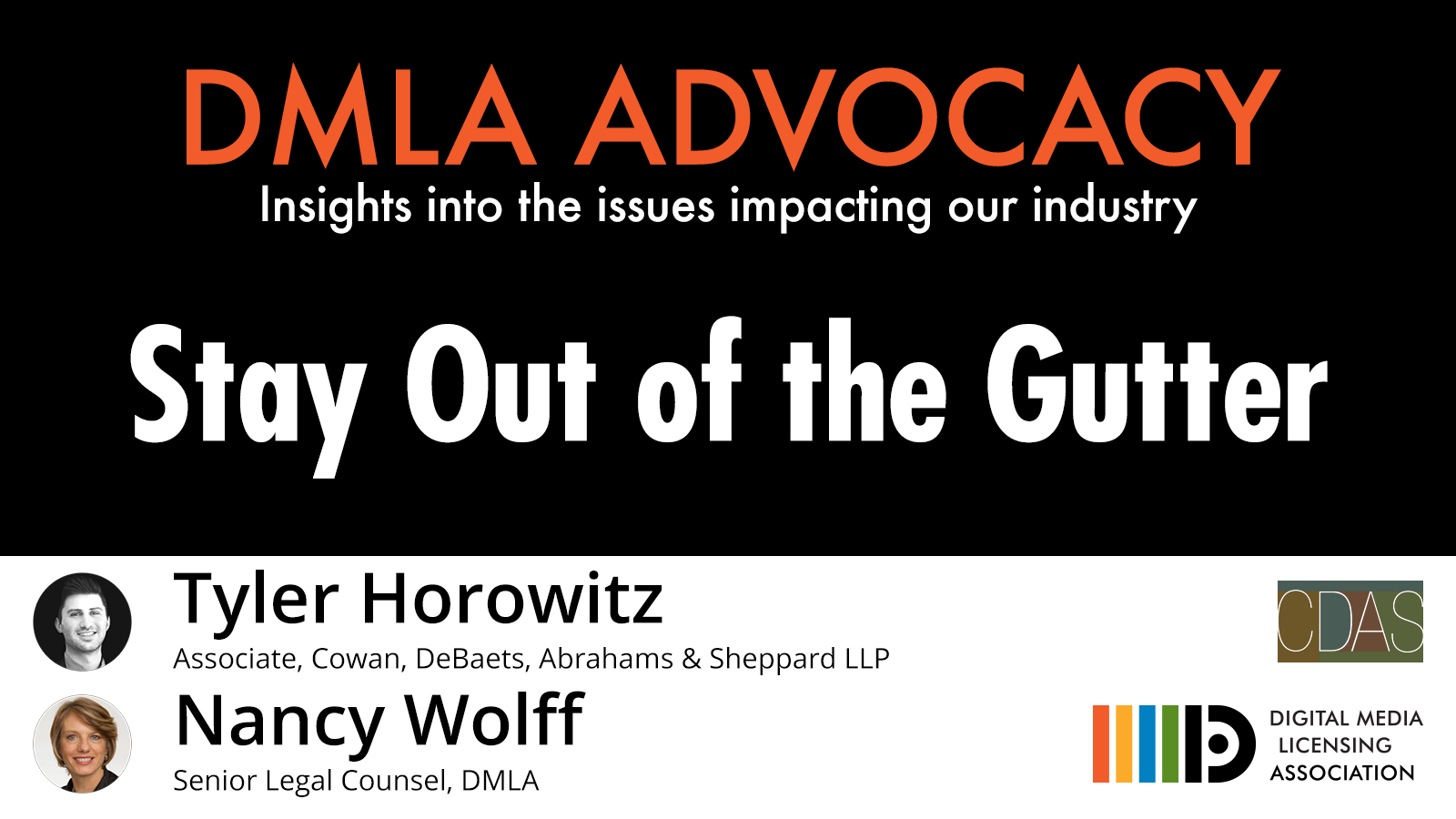Altering Gutter Credit Can Result in Violation of CMI
Violation Can Occur Even Without Knowledge of Third-Party Future Infringement- (Gregory Mango vs. Buzzfeed, Inc.)The Second Circuit Court of Appeals recently ruled in favor of a freelancer photographer, Gregory Mango, and against Buzzfeed when a photo editor ran a photo crediting the subject’s attorney instead of the photographer. Mango regularly contributed photographs to newspapers, including the New York Post. He photographed Raymond Parker, the lead figure in a discrimination lawsuit filed against the city of New York. In January 2017, the New York Post licensed and published Mango’s photograph of Parker with attribution to Mango underneath the photograph in the “gutter”. Three months later, Buzzfeed’s journalist, Michael Hayes published an article about Parker and included Mango’s photograph. Instead of seeking permission from Mango, after contacting Parker’s attorney, he credited Parker’s attorneys’ law firm, Fisher & Taubenfeld, in the gutter, replacing Mango’s name.Mango filed a two-count complaint against Buzzfeed in the U.S. District Court for the Southern District of New York, alleging direct copyright infringement as well as a second claim for the removal or alteration of copyright management information (CMI) under the Digital Millennium Copyright Act (DMCA). Mango sought statutory damages of $30,000 for his copyright infringement claim, $5,000 for his DMCA claim, and attorneys’ fees. Prior to trial, Buzzfeed stipulated to liability on the copyright infringement count. A removal-or-alteration-of-CMI claim under Section1202(b)(3) of the DMCA requires a plaintiff to show more than the defendant having distributed copyrighted work “knowing that [CMI] has been removed or altered” without authorization. It also must show that the removal or alteration was done “knowing, or . . . having reasonable grounds to know, that [such distribution] will induce, enable, facilitate, or conceal [a copyright] infringement.” The district court found that BuzzFeed knew CMI had been removed and altered without permission and that it had reasonable grounds to know the removal of the CMI concealed a copyright infringement and awarded Mango statutory damages.On appeal, Buzzfeed argued that it did not know its conduct would lead to future, third-party copyright infringement. The Second Circuit, after reviewing the plain meaning of the statutory language, found that “an infringement” is not limited to the acts of third parties. Instead, the language of the statute encompasses an infringement committed by the defendant. Further, the court found that the second knowledge element of the statute was satisfied because a defendant’s awareness that distributing copyrighted material without proper attribution of CMI would conceal its own infringing conduct. The court concluded that the statutory language requires constructive knowledge of future concealment, not future infringement. The Second Circuit upheld the lower court’s decision that Buzzfeed’s publication violated the DMCA because the photograph of Parker was distributed (1) knowing that Mango’s gutter credit had been removed or altered without Mango’s permission, and (2) with a gutter credit reading “Fisher & Taubenfeld” knowing that doing so would conceal the fact that Hayes did not have authority to use the photograph from the photographer. Best practices While credit is no longer required under the Copyright Act, the publishing industry commonly credits illustrations and images with the photographer or illustrator, which is not the same in the advertising world. While it may not be a violation of copyright to publish a work without a copyright notice, CMI is defined quite broadly and includes any identifying information about the title, author, and terms and conditions connected to the work. Section 1202 was intended to prevent those who use CMI to protect work to prevent infringing activity, particularly in the digital environment, but is not limited to electronic works. Section 1202 provides separate damages for removing CMI. The intent requirement has been confusing for many, and in the Second Circuit, the knowledge requirement is interpreted to include the concealment of the defendant’s activity and is not limited to knowledge of concealing or contributing to future infringement. Photo editors within media companies should be trained in best practices in content licensing and would benefit from using trusted sources in their content, images with licensing terms providing clear copyright permission and credit instructions for editorial use.

